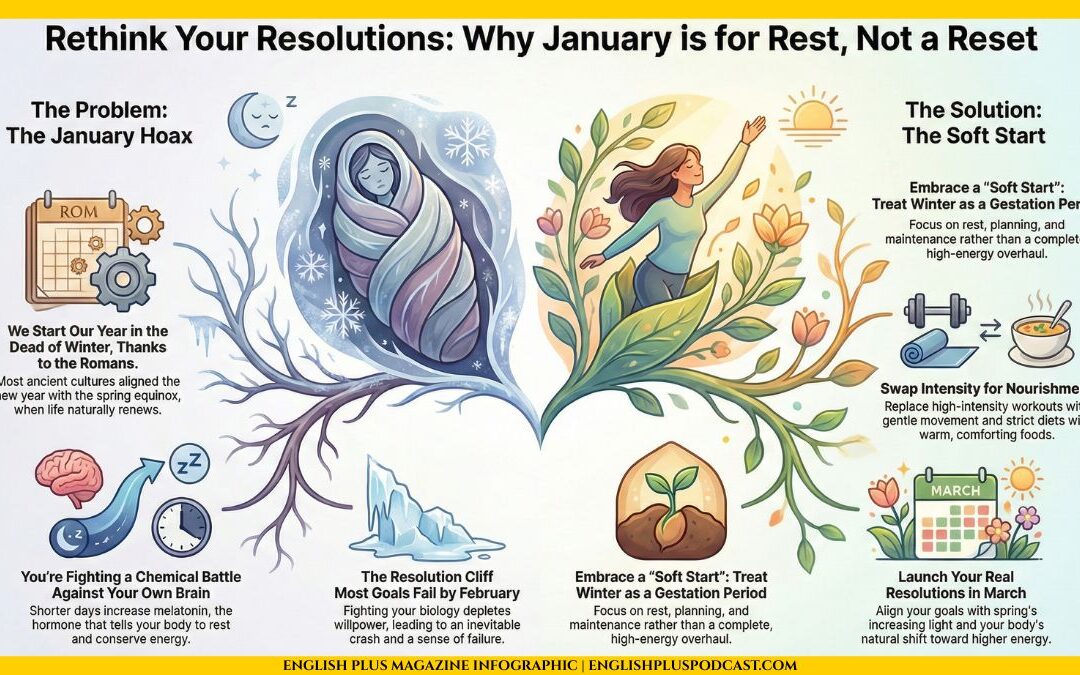In the quest for sustainable, clean energy, humanity has unearthed a source so powerful that it simultaneously holds the promise of a bright future and the threat of untold devastation: nuclear energy. This remarkable force, sprung from the heart of atoms themselves, is a two-sided coin. On one face, it offers us an almost unimaginable abundance of electricity, generated with minimal carbon emissions. On the other, it presents us with the haunting specter of radioactive waste, nuclear accidents, and the potential for its misuse in warfare.
Our journey starts at the dawn of the 20th century, when scientists first began to unravel the mysteries of the atom. It was a thrilling time, as researchers such as Marie Curie, Albert Einstein, and Enrico Fermi made ground-breaking discoveries that would change the world forever. Curie’s work on radioactivity, Einstein’s theory of relativity, and Fermi’s development of the first nuclear reactor laid the groundwork for the creation of nuclear energy.
The discovery of nuclear fission in the late 1930s opened the door to the development of nuclear power. By splitting the nucleus of an atom, particularly uranium or plutonium, a tremendous amount of energy could be released. This energy could, in theory, be harnessed to generate electricity, leading to the birth of the nuclear power industry.
The first commercial nuclear power plants started operation in the 1950s, marking a significant milestone in the history of energy production. Since then, the use of nuclear power has grown dramatically. As of 2023, there are nearly 450 nuclear power reactors operating in 30 countries around the world, providing about 10% of the world’s electricity.
One of the key benefits of nuclear energy is its efficiency. Nuclear power plants can produce a vast amount of energy from a small amount of fuel. Additionally, unlike fossil fuel-based power generation, nuclear energy doesn’t emit greenhouse gases, making it a potential solution to the growing crisis of climate change. If we are to limit global warming to 1.5 degrees Celsius, as per the Paris Agreement, then nuclear energy could play a crucial role.
However, the nuclear path is not without its pitfalls. The production of nuclear energy generates radioactive waste, which remains hazardous for thousands of years. Managing this waste safely is a significant challenge, with long-term solutions like deep geological disposal still in their infancy.
Moreover, while nuclear power plants are designed with numerous safety systems, accidents can and do happen. The world has witnessed the tragic consequences of nuclear disasters at Chernobyl in 1986 and Fukushima in 2011. These incidents highlight the risks associated with nuclear energy and underscore the need for robust safety measures.
The issue of nuclear proliferation also can’t be ignored. The same technology that can be used to produce electricity can also be used to create nuclear weapons. The international community must grapple with the challenge of preventing the spread of nuclear weapons technology, while allowing for the peaceful use of nuclear energy.
Balancing the benefits and risks of nuclear energy is no easy task. It involves complex technical, political, and ethical considerations. Yet, it’s a challenge we must face if we are to make informed decisions about our energy future.
As we stand on the cusp of a new era in energy production, we must not shirk from asking difficult questions. How can we safely manage nuclear waste? How can we prevent nuclear accidents? How can we ensure nuclear technology is not misused? And ultimately, is the promise of abundant, clean energy worth the risks?
The answers to these questions will shape the future of nuclear energy and, in turn, the future of our planet. It’s a story that is still being written, a journey that is far from over. But one thing is certain: the atomic age is here to stay, and its legacy will be felt by generations to come.
Whether we see nuclear energy as a savior or a destroyer, a hero or a villain, depends on how we manage this formidable force. By pursuing rigorous safety standards, innovative waste solutions, and strict non-proliferation measures, we can tilt the balance in favor of a brighter, cleaner, and safer world. The nuclear coin is in our hands. It’s up to us to decide how it lands.
Keywords:
- Nuclear Energy: The energy released during nuclear fission or fusion, especially when used to generate electricity.
- Radioactive: Emitting or relating to the emission of ionizing radiation or particles.
- Nuclear Fission: A nuclear reaction in which a heavy nucleus splits spontaneously or on impact with another particle, with the release of energy.
- Uranium: A chemical element of atomic number 92, a dense gray radioactive metal used as a fuel in nuclear reactors.
- Plutonium: A transuranic element of atomic number 94, a radioactive metal that is used as a fuel in nuclear reactors and an ingredient in certain types of nuclear weapons.
- Greenhouse Gases: Gases in Earth’s atmosphere that trap heat, contributing to the greenhouse effect. They include carbon dioxide, methane, nitrous oxide, and water vapor.
- Paris Agreement: An agreement within the United Nations Framework Convention on Climate Change, dealing with greenhouse-gas-emissions mitigation, adaptation, and finance, signed in 2016.
- Radioactive Waste: Waste that contains radioactive material and is usually a by-product of nuclear power generation and other applications of nuclear fission or nuclear technology.
- Chernobyl and Fukushima: Locations of two of the most severe nuclear power plant accidents in history, occurring in 1986 and 2011, respectively.
- Nuclear Proliferation: The spread of nuclear weapons, fissionable material, and weapons-applicable nuclear technology and information.
Key Takeaways:
- Nuclear energy provides an efficient and low greenhouse gas emitting source of power, which could be key in addressing climate change.
- The production of nuclear energy, however, generates hazardous radioactive waste, and the long-term safe management of this waste is a significant challenge.
- While nuclear power plants are designed with safety systems, the risk of accidents, as highlighted by Chernobyl and Fukushima, remains.
- The technology used in generating nuclear energy can be used to produce nuclear weapons, presenting a threat of nuclear proliferation.
- Balancing the benefits and risks of nuclear energy is a complex task involving technical, political, and ethical considerations.
The Nuclear Age Articles
Unraveling The Atomic Age: The Life and Legacy of J. Robert Oppenheimer
Unveiling the Atom: The Manhattan Project’s Deep Impact on World History
Albert Einstein: The Maverick Mind that Revolutionized Physics
Leo Szilard: The Atomic Pioneer’s Crusade for Peace
The Ethical Odyssey: Exploring Morality in the Course of Scientific Discovery
Los Alamos National Laboratory: Navigating the Past, Present, and Future of Scientific Innovation
The Cold War: Superpowers in the Ballet of Weaponry
Nuclear Proliferation: The Ever-Present Global Challenge
Interplay of Science and Politics: The Unsung Dance of Progress
Enrico Fermi: Mastermind Behind the Nuclear Age
From Atomic To Thermonuclear: A Detailed Examination of Nuclear Weapon Evolution
The Unforgotten Echoes: Hiroshima and Nagasaki’s Tale of Nuclear Devastation and Human Resilience
Living Under the Mushroom Cloud: The Psychological Impact of the Nuclear Age
Nuclear Fallout: Unmasking the Invisible Threat to Health and Environment
The Power and Peril of Nuclear Energy: A Balanced Perspective
Radiation Sickness: Unveiling the Hidden Costs of the Nuclear Age
From Darkness to Light: Lessons from Chernobyl and Fukushima
Deciphering the Nuclear Waste Conundrum: The Path Towards Sustainable Solutions
Guarding the World from Nuclear Threats: International Laws for Nuclear Disarmament
Journey to Peace: Unraveling the Path to Global Nuclear Disarmament
Culture Echoes of the Atomic Age: Artistic Narratives in the Nuclear Era










0 Comments